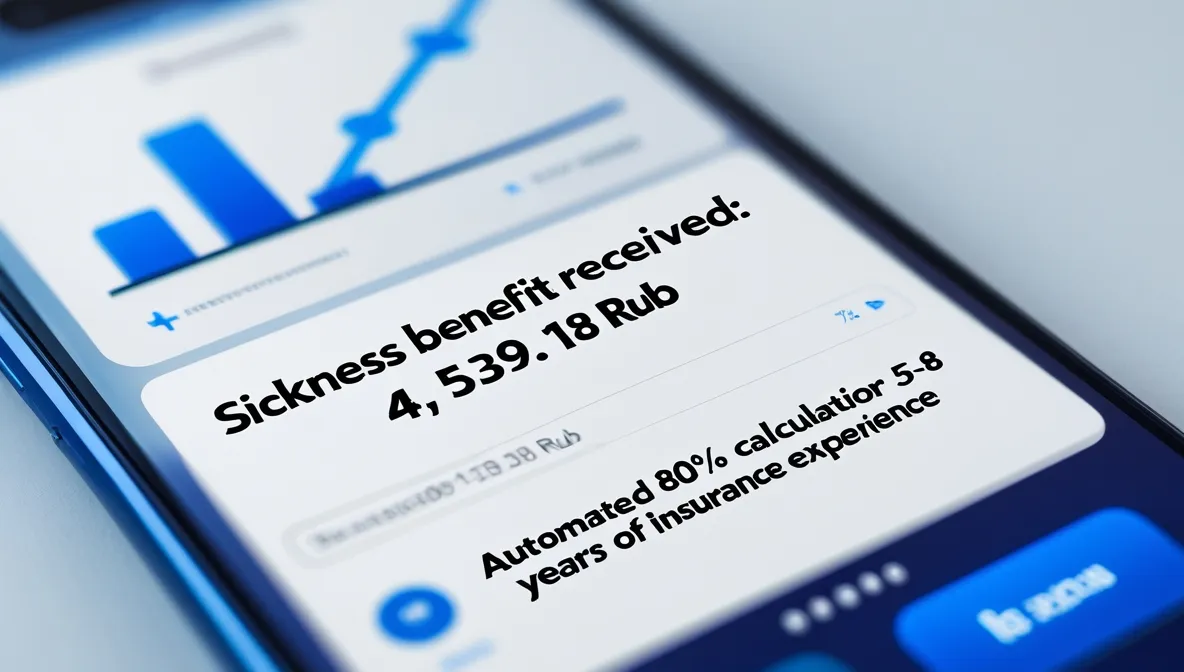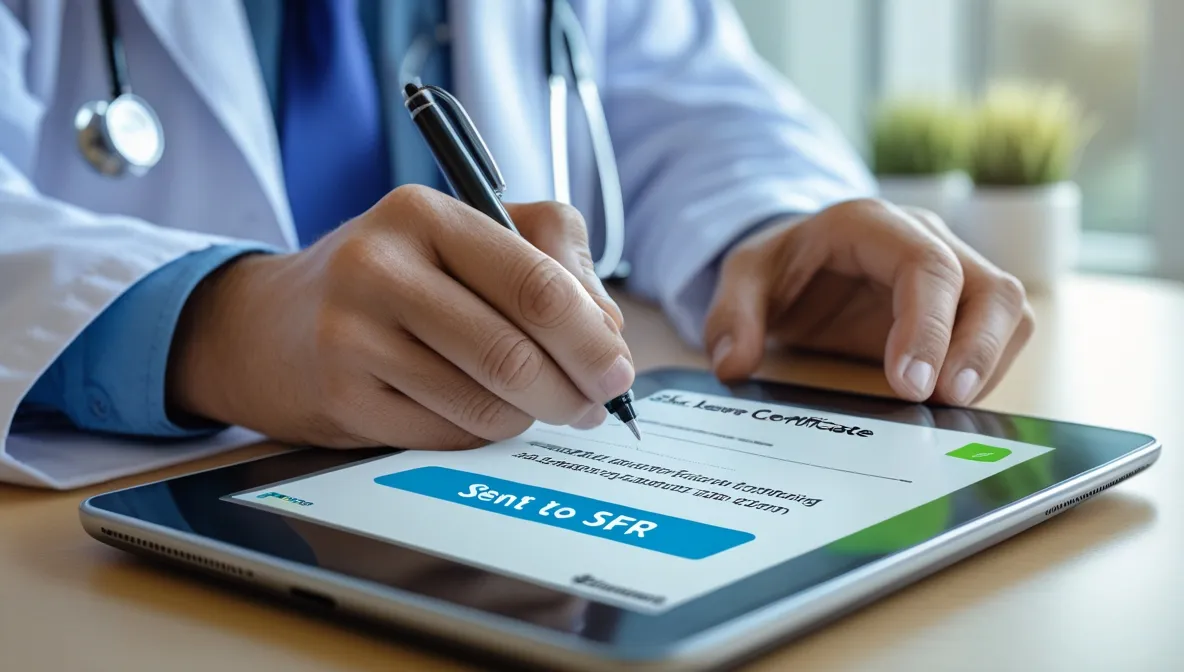Residents of Moscow and the Moscow Region Transition to Digital Sick Leave Certificates
In Moscow and the Moscow Region, the transition from paper-based to digital sick leave certificates is nearly complete — a milestone that underscores the ongoing digital transformation of Russia’s healthcare system.

Less Paperwork, More Efficiency
The Moscow and Moscow Region branches of the Social Fund of Russia (SFR) have nearly completed the transition from paper to fully digital sick leave certificates. In 2025, the SFR processed 6,903,110 electronic sick leaves (ESL) across the region, with total payouts exceeding $1.09 million.
The maximum daily allowance for temporary disability is set at $58.5, and the minimum at $7.6. The benefit amount depends on employment length: 60% of the average salary for less than five years of service, 80% for five to eight years, and 100% for more than eight years.

For parents caring for children under seven, payments remain at 100% regardless of employment history. If earnings are below the minimum wage or insurance coverage is under six months, the base calculation is made using the minimum wage ($231.3).
Nearly seven million issued ESLs mark a substantial shift toward automation, minimizing paperwork for citizens. Employees no longer need to collect and deliver physical documents — all necessary information is transferred digitally. This is a critical step toward a fully digitized benefit payment system and a major stride in healthcare and social insurance transformation.
A Model for Other Regions
For Russia, this project serves as a regional best practice that can be scaled nationwide. It also aligns with global trends in social insurance — reducing paper dependency and adopting digital platforms.
Domestically, the ESL system streamlines workflows, cuts document errors, accelerates payments, and reduces the burden on employers and clinics. Future integration with other digital services — such as the employment record database, the national e-government portal, and employer-employee digital platforms — could further enhance system efficiency.
Additional features may include automated notifications, analytics on sick leaves for HR risk management, and preventive healthcare tools. Regions with lower adoption rates could use the Moscow experience as a blueprint for expansion. While not a disruptive innovation, Russia’s ESL experience could still interest countries with similar social insurance models. Local adaptation would be required for international implementation — particularly in legal and technological areas.
At the same time, the growing use of ESL raises legitimate questions about data protection, system transparency, and cybersecurity. Authorities must ensure secure data storage, manage access controls, and prevent errors or fraud. Additionally, there is a need to guarantee accessibility for citizens less engaged in digital ecosystems.

Strategy and Global Trend
The shift toward digital documentation in Russia has been underway for several years as part of a national digitalization strategy. The rollout of ESLs began in 2022, with regions gradually increasing adoption and reducing paper-based processes.
Moscow Region also reported significant growth in other e-health services, including over four million telemedicine consultations last year. By comparison, countries such as the Netherlands and those in Scandinavia have long implemented electronic sick leave systems integrated with national labor and insurance registries. Still, Russia’s trajectory mirrors the same global shift toward paperless, data-driven healthcare administration.

Paper Documents Fade Away
Today’s announcement marks a major success in the digital transformation of Moscow’s social insurance system. Nearly seven million processed ESLs demonstrate the system’s maturity and scalability.
The trend is expected to continue — the region may soon reach nearly 100% digital coverage, with paper certificates becoming obsolete. Future updates may introduce features such as automated employer notifications, career history tracking, health statistics, and preventive analytics. The model could also be replicated in other regions.










































